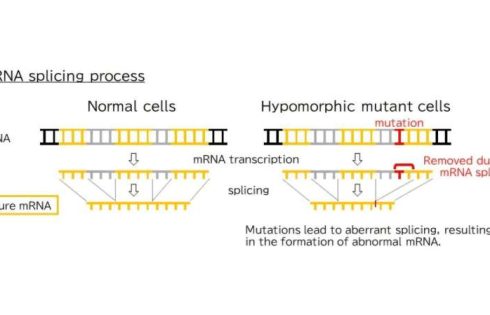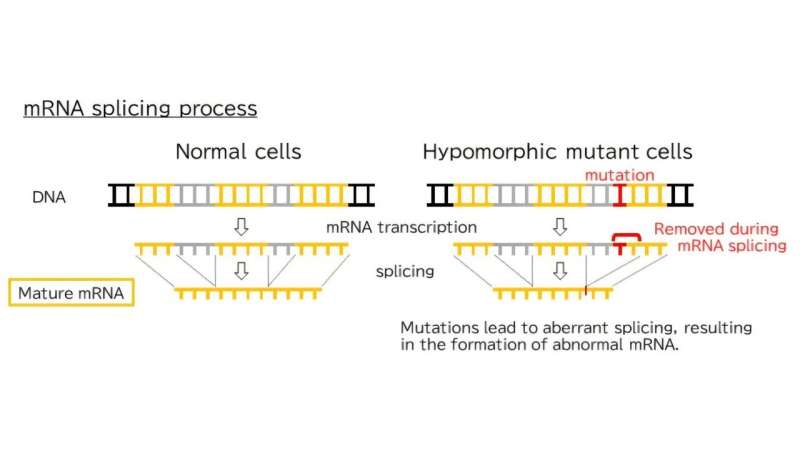
Researchers at Kumamoto University have successfully executed a practical trial of a new genome-editing technique that allows for the partial inhibition of essential gene function without causing lethality. This innovative approach, which leverages CRISPR-Cas9 technology, opens new doors for genetic research and agricultural advancements by enabling the study and modification of genes that were previously difficult to analyze.
Genes that are crucial for survival often pose a challenge for researchers, as completely disabling them can be fatal to the organism. Traditional gene knockout methods, including CRISPR-Cas9, typically result in complete loss of function, making it difficult to investigate these vital genetic components.
To address this limitation, the research team led by Associate Professor Takashi Ishida, Faculty of Advanced Science and Technology, Kumamoto University, conceived a method to introduce hypomorphic mutations, which reduce—but do not entirely eliminate—gene function.
Using the model plant Arabidopsis thaliana, the team successfully applied their method to the HPY2 gene, which is essential for cell division and plant growth. While complete loss of this gene results in seedling lethality, the newly engineered hypomorphic mutants exhibited delayed growth but remained viable, paving the way for researchers to analyze gene function in greater detail in future studies.
Applications for agriculture and beyond
This breakthrough, published in the Journal of Plant Research, has significant implications beyond basic genetic research. By fine-tuning gene activity instead of completely disabling genes, this technique could be used to enhance desirable traits in crops without causing harmful side effects. For example, modifying genes responsible for stress resistance in plants could lead to crops that are more resilient to climate change while maintaining their growth and yield.
“This method provides a powerful tool for studying genes that were previously inaccessible due to their essential nature,” said Associate Professor Ishida. “It also opens up new possibilities for precision breeding in agriculture, where controlled gene modification is key to improving traits without unintended consequences.”

